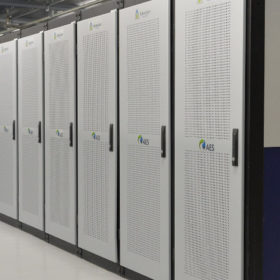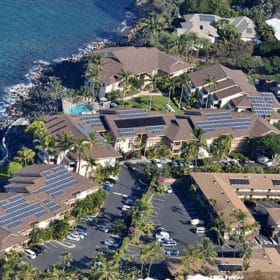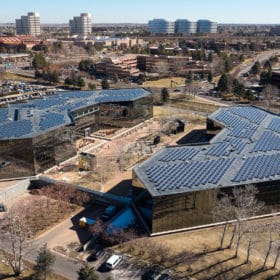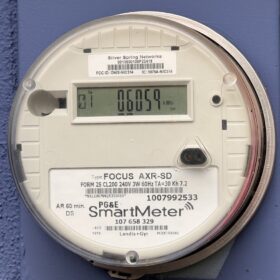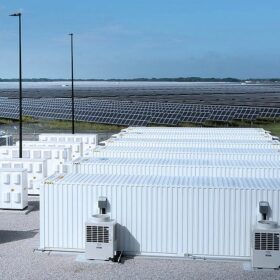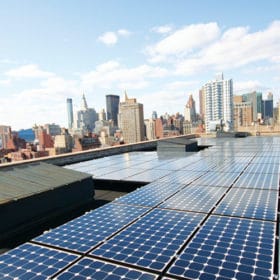University of Richmond matches its energy needs with solar
The university is the second in the nation to match its energy usage with solar, following completion of the 20 MW Spider Solar project.
In earnings calls, Tesla sharpens its focus on solar and NextEra eyes historic growth
Elon Musk said “it will not be long before Tesla is, by far, the market leader in solar.”
Granholm focuses on jobs and clean tech in DOE confirmation hearing
Former Michigan Gov. Jennifer Granholm told a Senate confirmation hearing that she wants to use her role as Energy Secretary to bring cleantech jobs to the US, achieve net-zero carbon emissions by 2050, and invest in tech through DOE loan programs.
Sunrise brief: 400 MWh BESS from AES enters service
Also on the rise: Republic says ‘I do’ to Romeo on electric trash trucks, Lux names top 20 startups for 2020, ReneSola raises $250 million, and New Jersey regulators approve an EV infrastructure plan.
National Grid seeks OK to let battery project participate in NYISO market
The utility said the small storage project goes unused for most of the year and could offer big learning opportunities.
EDF Renewables goes all-in on C&I installer EnterSolar
The developer said this latest investment capitalizes on the accelerating growth in the commercial and industrial solar market.
Hawaiian Electric saw a 55% increase in home solar installations in 2020
Almost 6,000 new rooftop solar systems were installed across Oahu, Hawaii Island, and Maui County, 78% of which included battery storage.
UX Solar eyes 250 MW of distributed solar as it builds its portfolio
Competition was fierce in Xcel Energy’s Colorado community solar RFP, and UX Solar is now building 8 MW of capacity to serve commercial and residential subscribers.
Biden orders government-wide approach to fight climate change
The action calls on federal agencies to lead by example and solidify climate considerations as a critical part of U.S. foreign policy and national security.
FlexGen adds energy storage for rural Kansas utility
The 5.1 MWh system will include blackstart capability to help the Kansas Power Pool recover from a grid outage.



